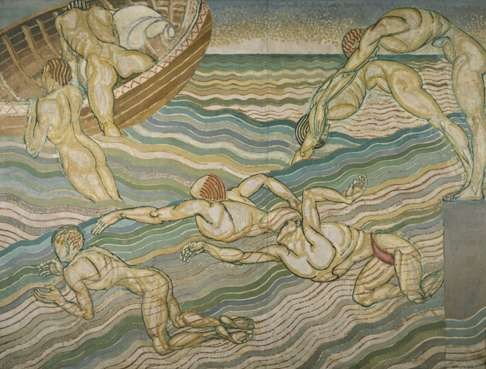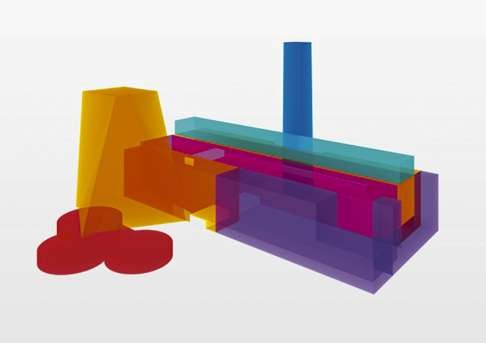
Queer British Art show leads Tate 2017 programme
The first major exhibition to explore the decriminalisation of male homosexuality in the UK 50 years ago will feature works by artists who dared to be different, including David Hockney and Ethel Sands
There will be the downfall of Oscar Wilde and his two years in jail, and the ruination of pre-Raphaelite Simeon Solomon who was spurned by his friends after his arrest in a public toilet. But there will also be stories of happiness, community and joy, in a major exhibition Tate is calling “Queer British Art”.
Details were announced last week of a show for next year at Tate Britain marking the 50th anniversary of the decriminalisation of male homosexuality in the UK.
It will be the first major exhibition to explore the subject, and spans the period from 1861, when the death penalty for buggery was abolished, to the decriminalisation.
It will include works by David Hockney, John Singer Sargent, Francis Bacon, Dora Carrington, Ethel Sands and Keith Vaughan, and explore a century when it was not easy to be different.
“There is definitely a bit of torture and misery in the show,” says its curator, Clare Barlow. “But it will be a show with a lot of quieter moments and really beautiful moments, and art which just celebrates the humdrum, the backdrop to people’s everyday lives, the houses they shared with their lovers. That is often every bit as radical as the stories and court cases we gasp over.”
The best known of those stories is that of Wilde, imprisoned in 1895 for “gross indecency”. But Barlow says the show would also explore lesser-known lives such as Solomon who was rejected from polite society after he was arrested in a public toilet in 1873 and found guilty of attempting to commit sodomy.
“His fall from public grace was all very shocking,” says Barlow. “But what is amazing about him is that he manages in his artwork to really explore his sexuality.”
Tate is unashamedly using the word “queer” in the title of its show, inspired by the late film director Derek Jarman who said using it was a liberation.
“One of the things we did not want to do was to be picking out sexual or gender identities that people themselves would not have chosen,” says Barlow. “The term queer highlights a whole range of different possibilities.
“It is easy to be frightened of words like queer. For myself, I grew up in the 1980s under section 28 and that made it very difficult to come out as a lesbian ... The only role models that existed made me think that to be lesbian I had to get tattoos and piercings and die in a motorcycle accident.
“One of the things that is really exciting about this exhibition is that it explores a whole range of different histories and possibilities.”
Barlow hopes it will be a show for everyone. Straight visitors might see artists they recognise in a completely different way, said Barlow, while if you are LGBT, you might see your heritage.
“It is a show that goes to the core of a lot of debates in society today about how does our sexuality or gender identity relate to our self. It will offer a lot of different possible answers to that question.”
Barlow stressed the exhibition would not be saying gay artists only made works that reflected their same-sex desire, but it would be showing works engaging with those issues.

For example, Duncan Grant’s 1911 homoerotic painting Bathing, a gorgeous panorama of seven muscular male nudes painted as part of a decorative scheme for Borough Polytechnic at the Elephant and Castle in London.
Queer British Art was announced as part of the gallery’s exhibition programme for 2017. Tate Britain will kick off the year with its previously announced Hockney retrospective, opening in February.
At Tate Modern, which opens its vast new £260m extension in June, there will be shows devoted to important living artists – Wolfgang Tillmans and the Russian artists Ilya and Emilia Kabakov – and to dead ones: Giacometti, Modigliani, and the influential Turkish artist Fahrelnissa Zeid.

Another Tate Modern highlight will be a show exploring Black Power and art in the US. Spanning 1963-83, Soul of a Nation: Art in the Age of Black Power will explore how the black art category was defined, rejected and then redefined by artists such as Romare Bearden, Norman Lewis, Lorraine O’Grady and Betye Saar.
There will also be an exhibition devoted to the 30-year career of one of Britain’s most important sculptors, Rachel Whiteread, and a show exploring the French impressionists, including Monet and Pissarro, who sought refuge in London during and after the Franco-Prussian war of 1870-71.
The Guardian

